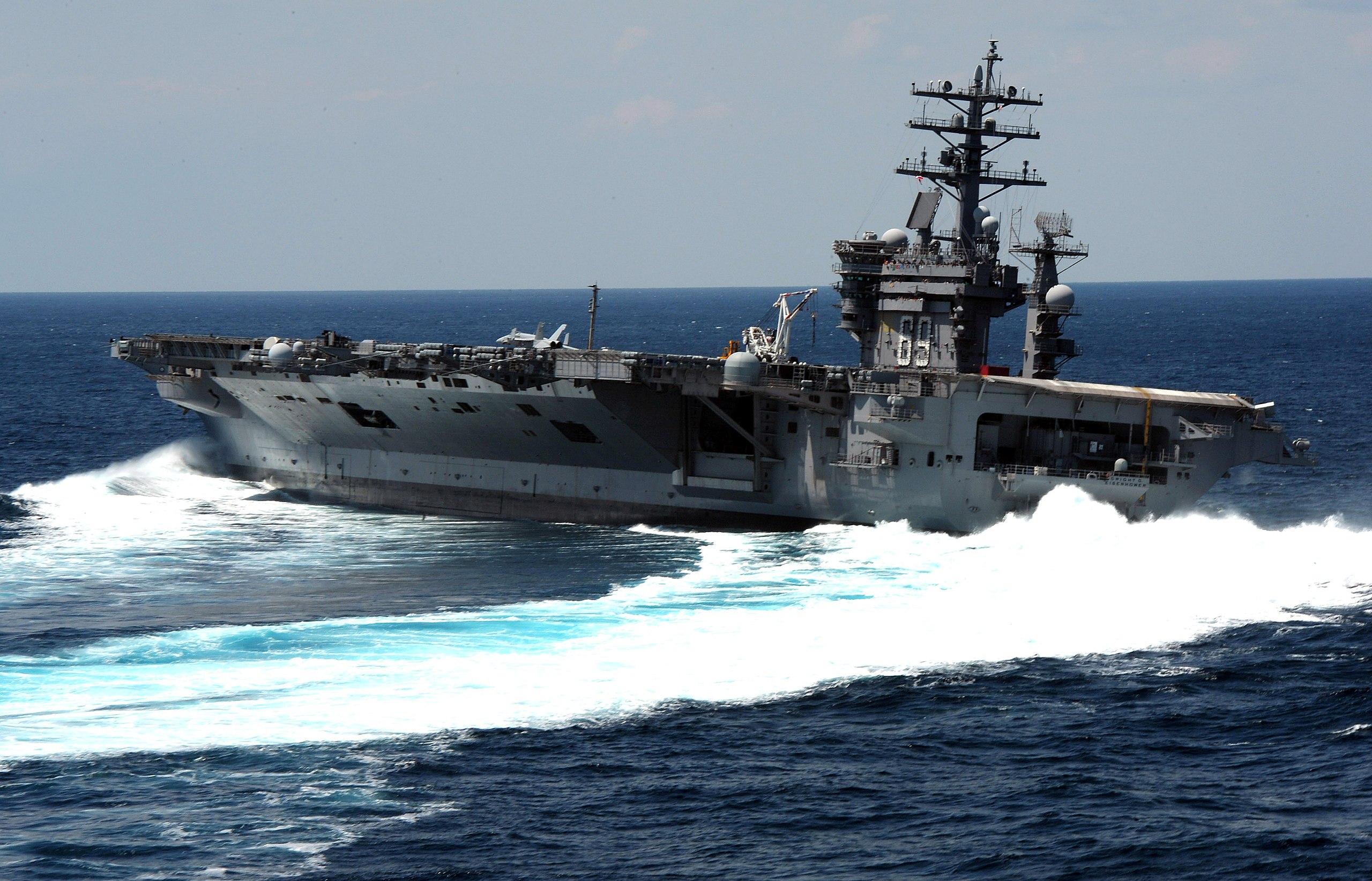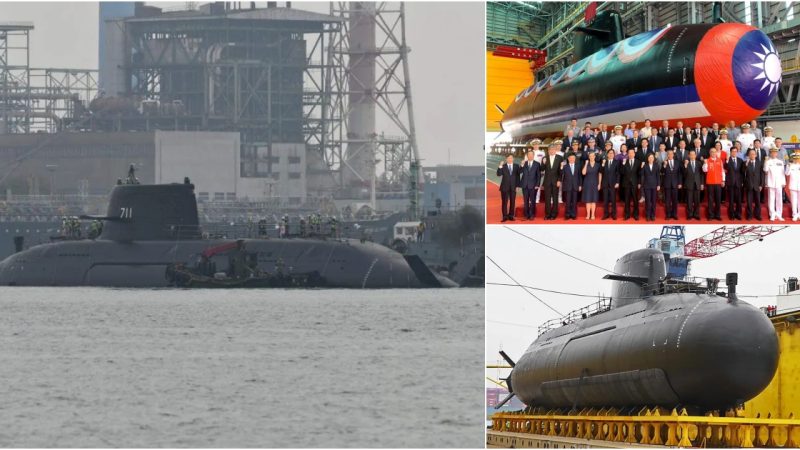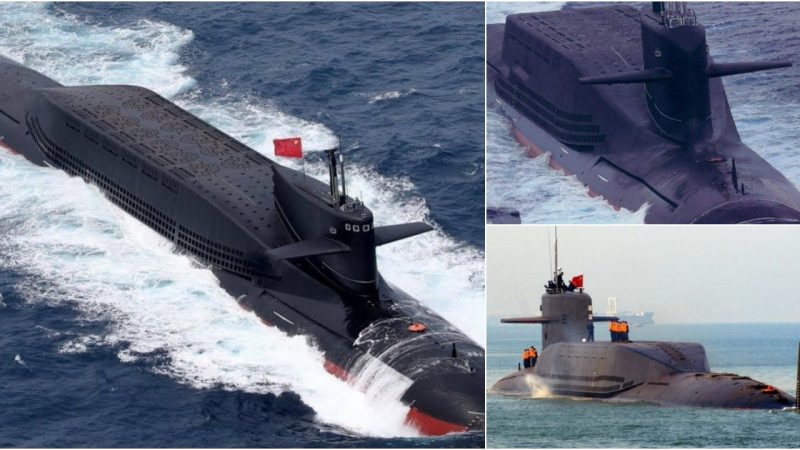
At the time of their construction, the Nimitz-class aircraft carriers were the largest warships ever built. Though they have been succeeded by the newer Ford-class carriers, the Nimitz carriers continue to form the backbone of the Navy’s carrier force for the next two to three decades, with many expected to serve for half a century or more.
The Genesis of the Nimitz-Class Carriers
The story of the Nimitz carriers dates back to the mid-1960s when the U.S. Navy was expanding its nuclear propulsion capabilities across the fleet. The commissioning of the first nuclear-powered aircraft carrier, the USS Enterprise, in 1961 marked a significant milestone in this endeavor. As older carriers were being retired, the decision was made to transition to nuclear power for future ships. Secretary of Defense Robert McNamara was a staunch advocate, citing the lower operating costs of nuclear carriers over their service lifetimes. As a result, construction commenced on three nuclear-powered carriers.
The outcome was the Nimitz-class. The first ship in the class was laid down on June 22, 1968. Building on the Navy’s prior experience with both conventionally powered supercarriers and the Enterprise, the Nimitz retained the layout of previous carriers, including an angled flight deck, island superstructure, and four steam-powered catapults capable of launching four planes a minute. At 1,092 feet, it was only slightly longer than its predecessor, the Kitty Hawk, but significantly more capable. These carriers typically have over 5,000 personnel assigned to them, with three thousand on the ship and another two thousand in the air wing and other positions.
Lower operating costs were one of the primary advantages of nuclear power. Although nuclear-powered carriers have an official maximum speed of around thirty-plus knots, their true speed is suspected to be considerably faster. Nimitz and her sister ships can accelerate and decelerate more quickly than a conventionally powered ship, and they can sustain high speeds indefinitely. Like the Enterprise, they are nuclear-powered but reduced the number of reactors from eight to two. Its two Westinghouse A4W reactors collectively generate 190 megawatts of power, enough to power 47,500 American homes. Nuclear propulsion also reduces the carrier battle group’s need for refueling, enhancing its operational endurance.
The Air Wing: The Carrier’s Strength
Of course, the carrier’s true strength lies in its air wing. During the Cold War, a typical carrier air wing consisted of two squadrons of twelve F-14 Tomcat air superiority fighters, two squadrons of twelve F/A-18 Hornet multi-role fighters, one squadron of ten A-6 Intruder attack bombers, one squadron of 4-6 E-2 Hawkeye airborne early warning and control planes, ten S-3A Viking anti-submarine planes, one squadron of four EA-6B Prowler electronic warfare planes, and a squadron of six SH-3 anti-submarine helicopters. Depending on the carrier and the cruise, the average Nimitz-class carrier during the Cold War carried between eighty-five and ninety aircraft.
Today, the carrier air wing looks quite different. The venerable F-14 Tomcat has been retired and replaced by the F/A-18E/F Super Hornet. The A-6 Intruder was retired without a direct replacement when the A-12 Avenger carrier stealth bomber program was canceled in 1991. The S-3A Viking was retired in the 2000s, and the EA-6B Prowler was replaced by the EA-18G Growler electronic attack aircraft. This has resulted in a smaller carrier air wing of approximately sixty planes, without dedicated fleet air defense, long-range strike, or anti-submarine warfare platforms.
Enduring Legacy
Over a span of thirty-plus years, ten Nimitz-class carriers were constructed. The final one, the George H.W. Bush, incorporated the latest technologies, including a bulbous bow to improve fuel efficiency, a smaller, modernized island design, upgraded aircraft launch and recovery equipment, improved aviation fuel storage, and handling.
The Nimitz-class carriers represent a monumental achievement—a massive, highly complex, yet highly successful ship design. These ships will carry on the Nimitz name well into the 2050s, serving for a continuous eighty years. Such longevity and performance are only possible with a highly professional, competent Navy and shipbuilding team.
In conclusion, the Nimitz-class aircraft carriers have left an indelible mark on the U.S. Navy and have been at the forefront of American military power projection for decades. Their endurance and adaptability underscore their importance in maintaining national security and projecting American influence around the world.
Video:









